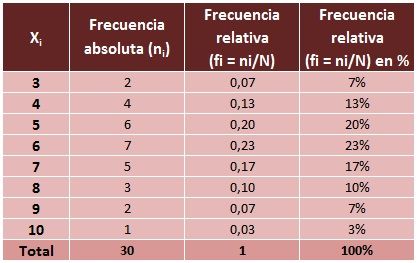

The secondary vesicles telencephalon (Tel), diencephalon (Di), metencephalon (Met) and myelencephalon (Myel) develop from the primary vesicles. (A) The rostral part of the neural tube evolves rostrally into the primary forebrain (FB), midbrain (MB) and hindbrain (HB) vesicles while the caudal part gives the spinal cord (SC). 1A,B).Ĭerebral cortex development and morphogens expression. The ventral telencephalon includes the ganglionic eminences (GE) from where GABAergic interneurons originate and migrate tangentially to invade the developing cortical wall (Fig. The cerebral cortex mainly derives from the dorsal part of the telencephalon. The forebrain and hindbrain subdivide into secondary vesicles, respectively, telencephalon/diencephalon and myelencephalon/metencephalon, which further generate specific brain structures.

Shortly after its closure, the neural tube forms rostrally three primary vesicles, namely the forebrain, the midbrain and the hindbrain. ZIKV, Zika virus Diversity of the progenitors during cerebral cortex development LRP, lipoprotein receptor-related protein It further discusses how pathogenic viral factors influence RGC behaviour and disrupt cerebral cortex development. The present Review focuses on the role of physiological extracellular cues arising from the vicinity of neural progenitors on the regulation of dorsal neurogenesis and cerebral cortex patterning. The fate of RGCs is finely regulated during all the corticogenesis process and depends on time-scaled perception of external signals and expression of intrinsic factors. As corticogenesis proceeds, they gradually undergo differentiative divisions to either generate neurons directly (direct neurogenesis) or indirectly via production of intermediate progenitors that further divide to generate pairs of neurons (indirect neurogenesis). At the onset of corticogenesis, RGCs expand their pool by proliferative divisions. Radial glial cells (RGCs) derive from neuroepithelial cells and are the founding cortical progenitors. Cortical layering arises during embryonic development in an inside-out manner as forebrain progenitors proliferate and generate distinct waves of interneurons and projection neurons. The cerebral cortex is a complex structure that contains different classes of neurons distributed within six layers and regionally organized into highly specialized areas.


 0 kommentar(er)
0 kommentar(er)
